Digital Classroom
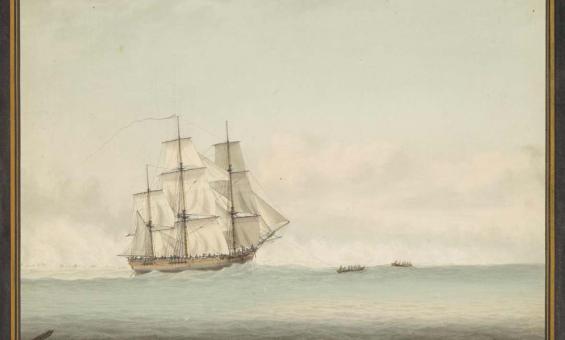
Samuel Atkins, (1794), HMS Endeavour off the coast of New Holland, nla.gov.au/nla.obj-135273911
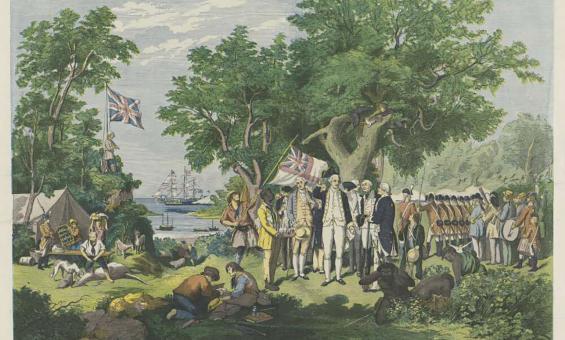
Samuel Calvert and JA Gilfillan, Captain Cook taking possession of the Australian continent on behalf of the British crown, AD 1770, under the name of New South Wales, 1865, nla.gov.au/nla.obj-135699884

Frank Hurley and Thomas Woolner, Captain Cook's Statue, Hyde Park, Sydney, 1, 1910, nla.gov.au/nla.obj-160162538
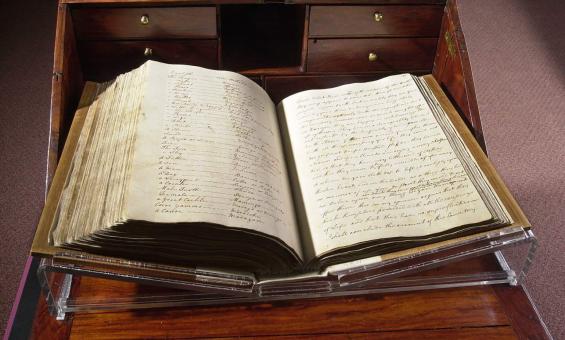
James Cook, John Hutchinson, Samuel Wallis and Henry William Ferdinand Bolckow, Journal of H.M.S. Endeavour, 1768-1771 [manuscript], 1768, nla.gov.au/nla.obj-228958440
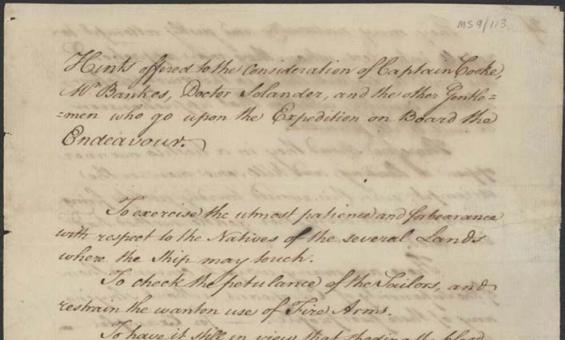
Joseph Banks, Papers of Sir Joseph Banks, 1745-1923 (bulk 1745-1820), nla.gov.au/nla.obj-223065342
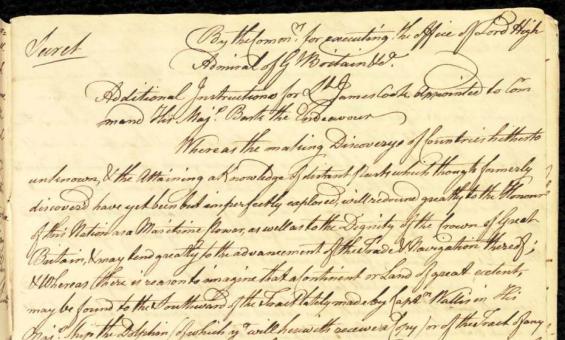
James Cook and Great Britain Admiralty, Cook's voyage 1768-71, 1768, nla.gov.au/nla.obj-229102048
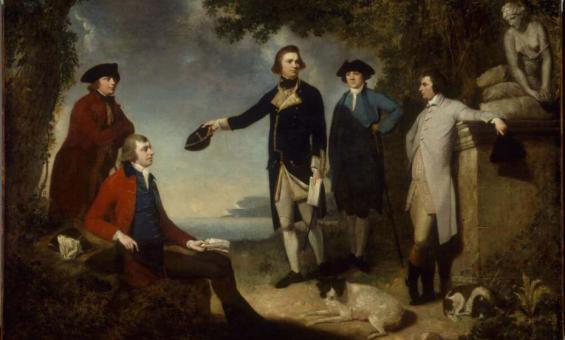
John Hamilton Mortimer, [Captain James Cook, Sir Joseph Banks, Lord Sandwich, Dr Daniel Solander and Dr John Hawkesworth], 1771, nla.gov.au/nla.obj-135646842

The botanic Macaroni, 1772, nla.gov.au/nla.obj-135987238
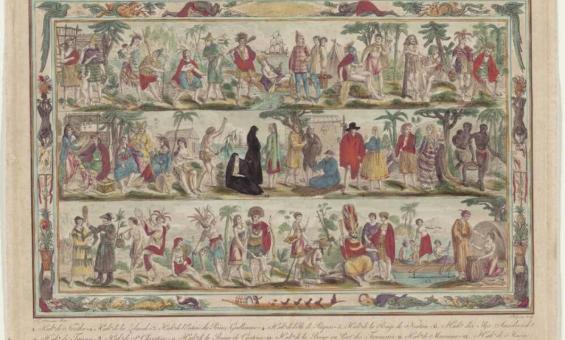
Antoine Phelippeaux and Jacques Grasset de Saint-Sauveur, Tableau des decouvertes du Capne. Cook & de la Perouse, 1798, nla.gov.au/nla.obj-135227083
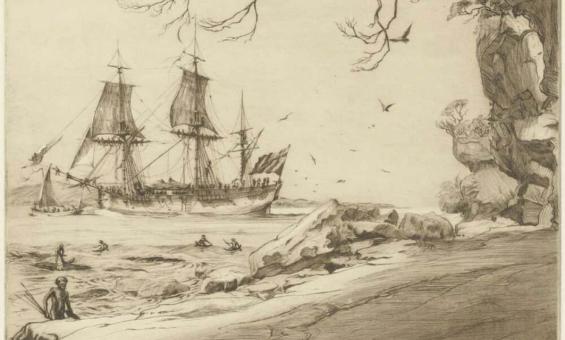
Geoffrey Chapman Ingleton, H.M. Bark Endeavour, 1937, nla.gov.au/nla.obj-135348965
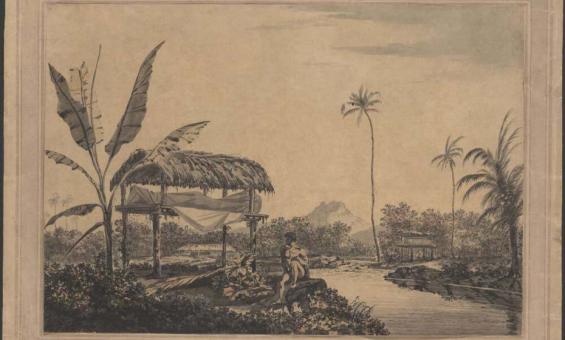
William Hodges, Otaheite, 1773, nla.gov.au/nla.obj-135152176

James Cook and Great Britain Admiralty, Cook's voyage 1768-71, 1768, nla.gov.au/nla.obj-229102048